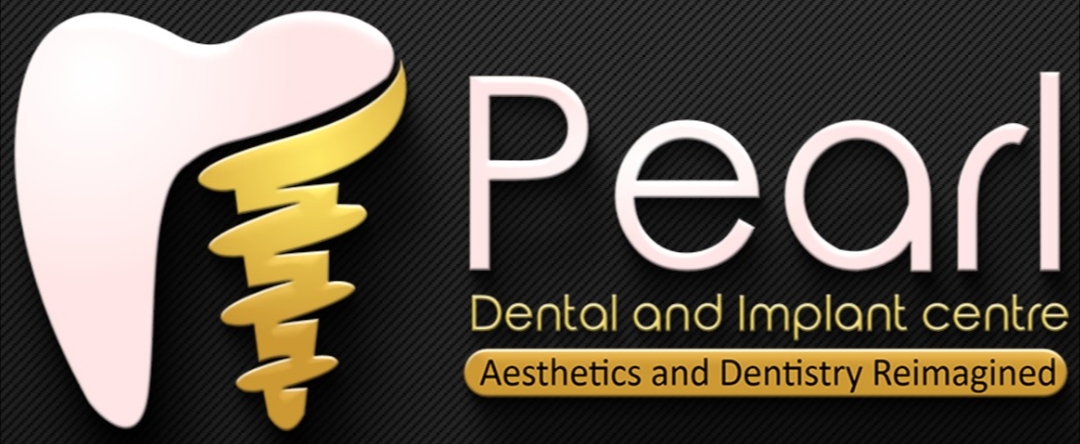Dental Implants: A Permanent Solution for Missing Teeth
Dental implants are a revolutionary solution for replacing missing teeth, providing a long-lasting option that closely mimics the look and function of natural teeth. Unlike traditional dentures or bridges, dental implants involve a surgical procedure that places a titanium post into the jawbone, acting as a sturdy foundation for an artificial tooth (crown).
The Importance of Dental Implants
- Restoration of Functionality:
Dental implants restore the ability to chew and speak properly, enhancing overall quality of life. They provide the stability needed for everyday activities, making it easier to enjoy a varied diet without worry. - Aesthetic Appeal:
Implants are designed to look and feel like natural teeth, offering a seamless blend with existing teeth. This aesthetic benefit can significantly boost self-confidence and improve one's smile. - Bone Preservation:
When a tooth is lost, the underlying jawbone can begin to deteriorate over time. Dental implants stimulate the jawbone, preventing bone loss and maintaining facial structure, which can help avoid the sunken appearance often associated with missing teeth. - Longevity:
With proper care and maintenance, dental implants can last a lifetime. They are a durable option that can save patients from the recurring costs and hassle of replacing dentures or bridges.
The Dental Implant Procedure
The process of getting dental implants typically involves several steps:
- Initial Consultation:
A thorough examination is conducted, including X-rays and possibly a CT scan, to assess the jawbone's health and determine the best treatment plan. - Implant Placement:
The titanium post is surgically placed into the jawbone. This step requires careful planning to ensure optimal positioning for strength and stability. - Osseointegration:
After placement, a healing period of several months allows the jawbone to integrate with the implant, providing a solid foundation. - Abutment Placement:
Once healed, an abutment is attached to the implant. This component connects the implant to the artificial tooth. - Crown Placement:
Finally, a custom-made crown is placed on the abutment, completing the restoration.
Caring for Dental Implants
Maintaining dental implants is similar to caring for natural teeth. Regular brushing, flossing, and routine dental check-ups are essential to ensure the longevity and health of the implant. Additionally, avoiding tobacco use and maintaining a balanced diet can contribute to the overall success of the implant.
Conclusion
Dental implants offer a reliable, aesthetically pleasing solution for individuals with missing teeth. By restoring functionality, preserving jawbone health, and enhancing self-confidence, implants can significantly improve a person's quality of life. If you are considering dental implants, consult with a qualified dental professional to discuss your options and determine if this treatment is right for you. With the right care, dental implants can provide a permanent solution that allows you to enjoy a beautiful, functional smile for years to come.

 Anaplastology: Restoring Appearance and Function
Anaplastology: Restoring Appearance and Function